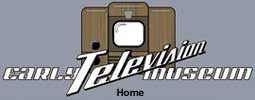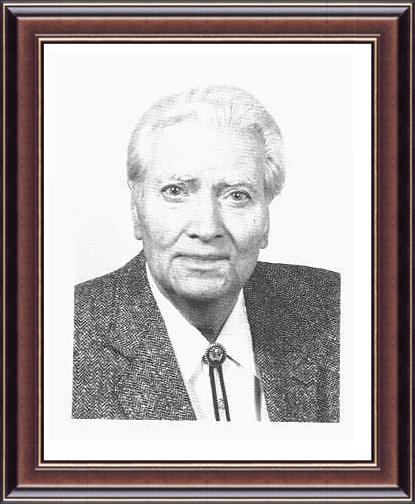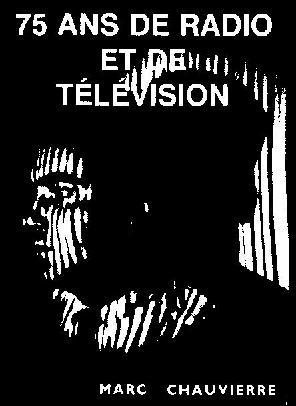 |
 |
Marc CHAUVIERRE
(1900 -1999)

 |
 |
Marc CHAUVIERRE
(1900 -1999)

Marc CHAUVIERRE, French scientist, worked primarily in the radio field since 1925. He then became naturally attracted by the new research in television, following the Baird experiments in London and then the Barthelemy experiments in France at the Compagnie Des Compteurs in Montrouge near Paris.
By 1932, He build his own television studio using the equipments (transmitter and materiel) at Radio Lyon. There he build his 30 lines mechanical camera using a Brillouin scanning disc, that is a Nipkow disc using lens in place of holes. This camera was suitable for flying spot scanning method.

IN 1932, being a formal engineer at INTEGRA, a Radio manufacturer, he studied a 30 lines television kit for the french market.
In 1936, he constructed one of the first cathodic set, called the "VISIODYNE BABY", and go to the USA for presenting this product.
See his article on the development of mechanical television apparatus in the magazine FERRIX of August-September 1932.